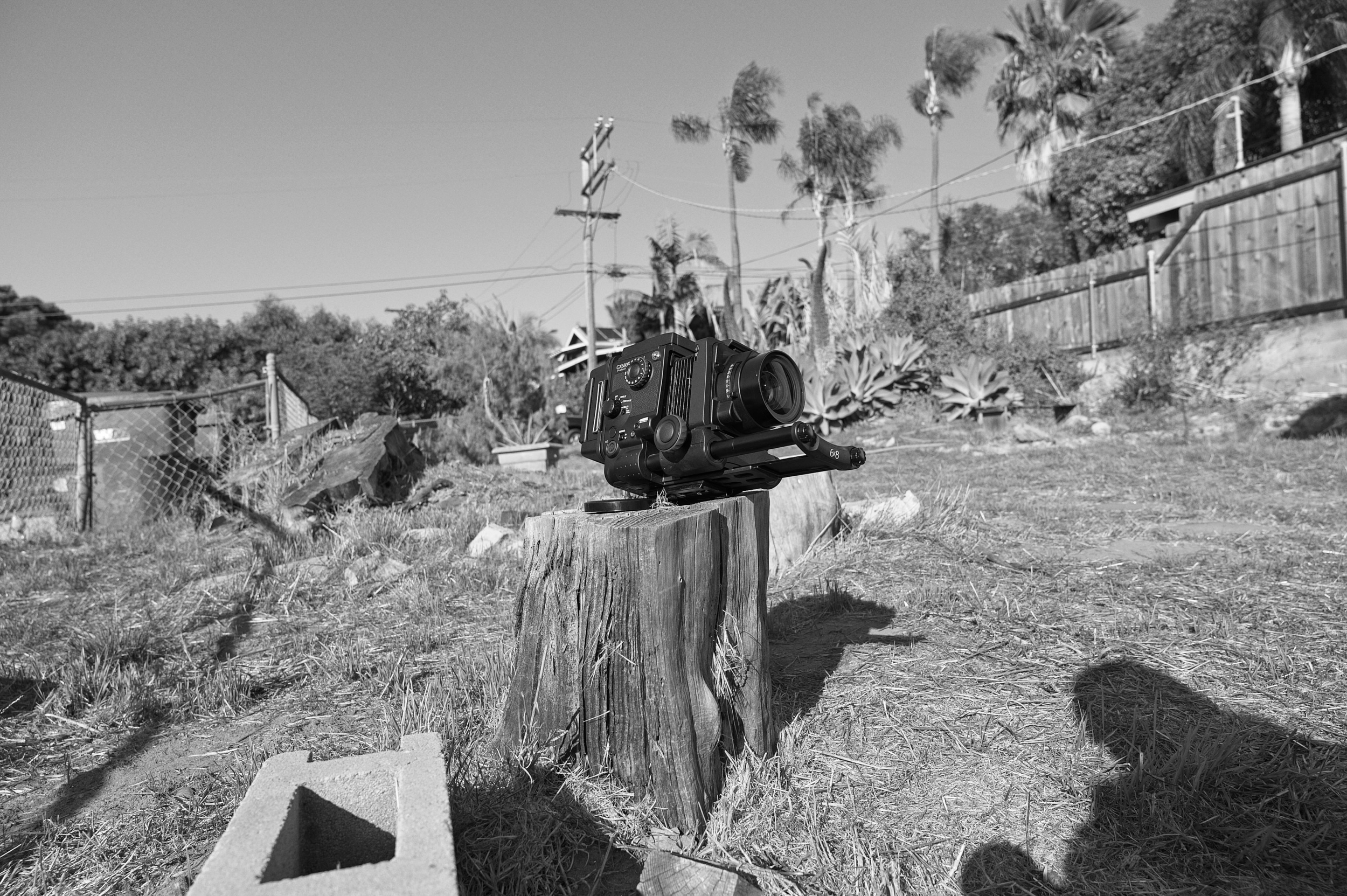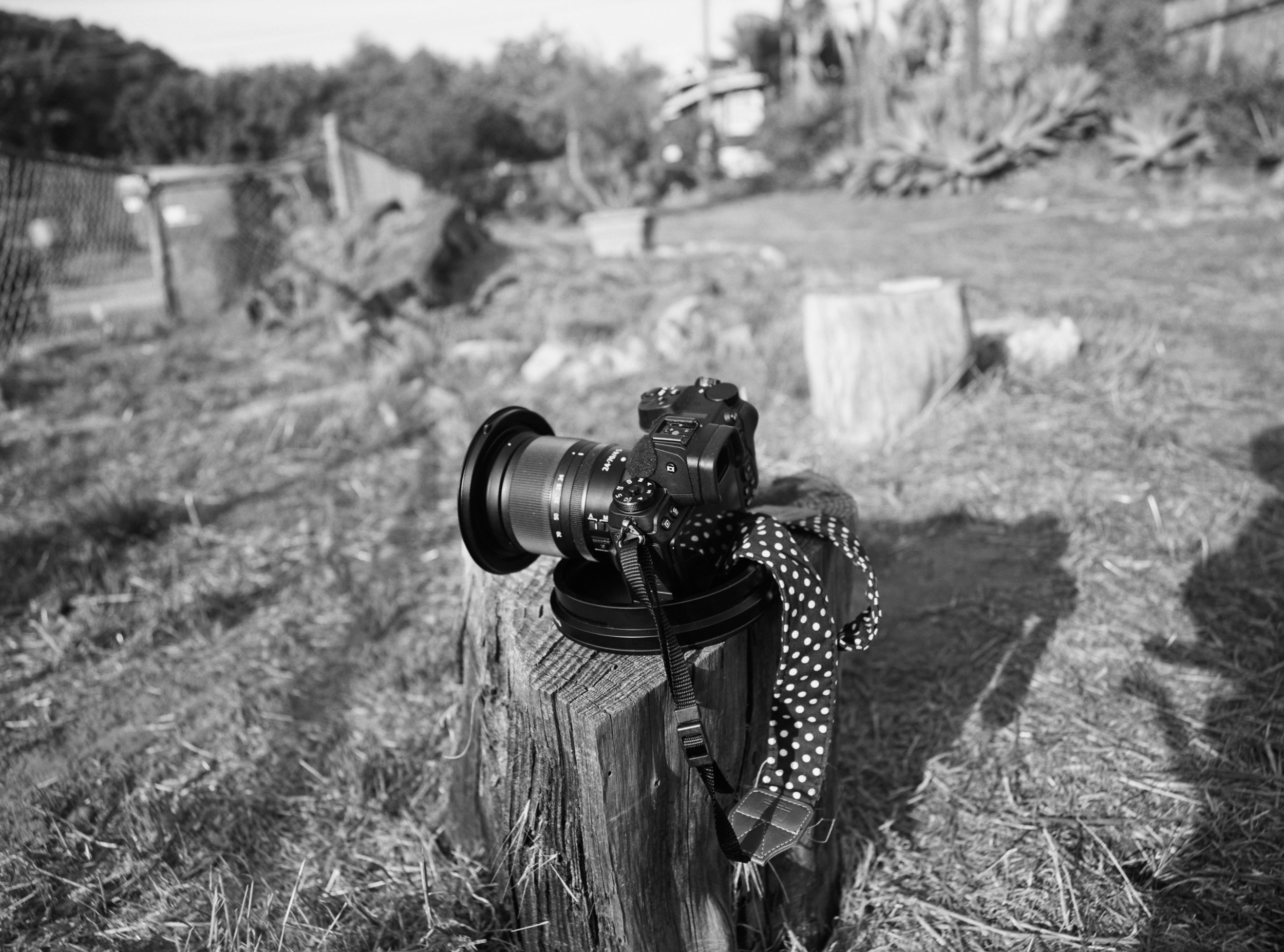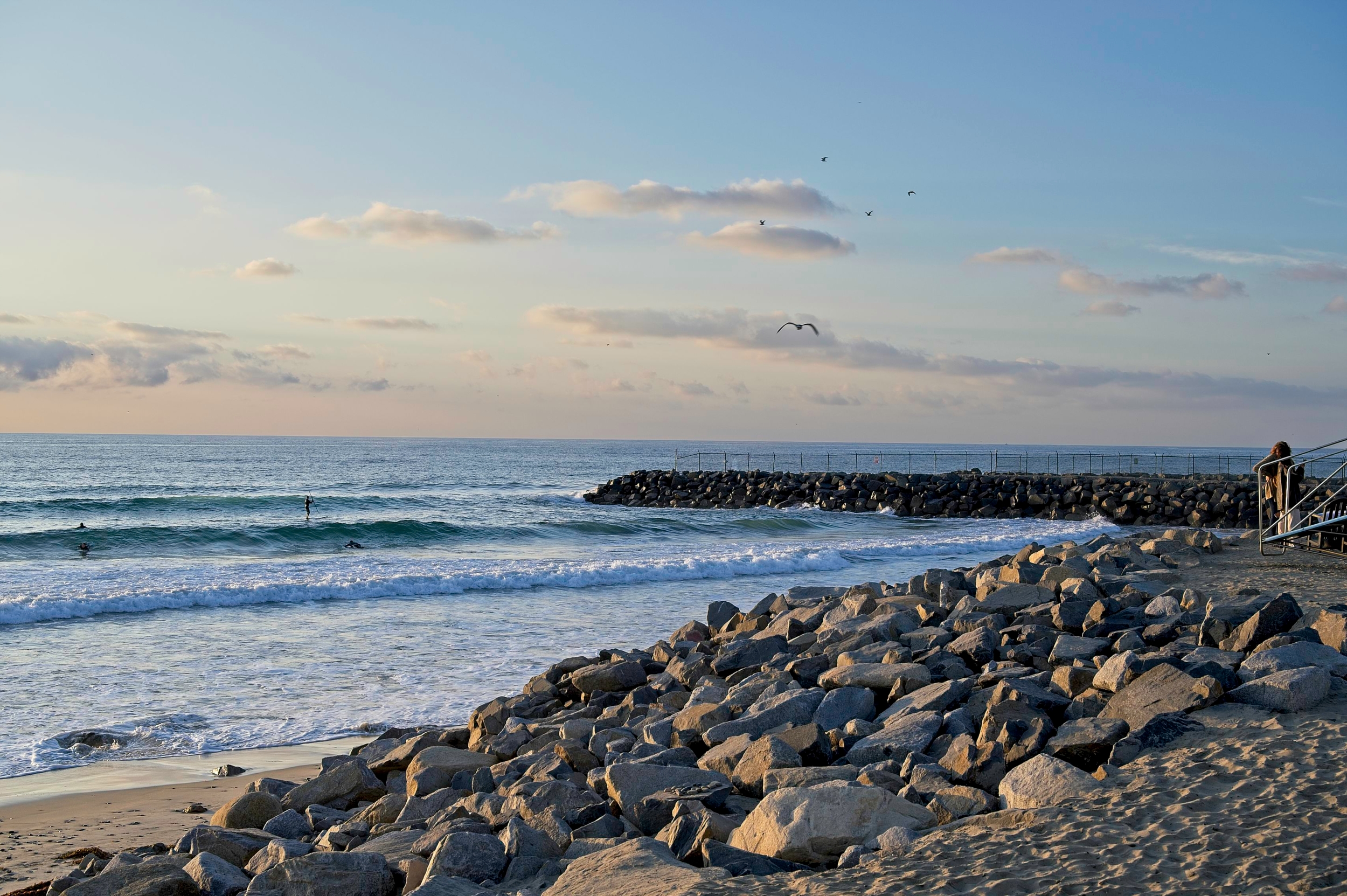
Or… How I lost my mind and decided to do things in a way that’s harder, slower, and takes significantly more effort for modest results.1
So, yeah. I bought a film camera. Not too bad a thing, right? Considering I have a metric crapload2 of extremely high quality Nikon lenses that will work extremely well on an old body I could either dig up my old FM or just snag an N90 off the fleabay for $40, scrape all the gooey rubber stuff off, and be good to go. I could even splurge a little and get an old F, which is one of the cameras I learned on. My middle school art teacher had an F photomic he’d let me use, though the classroom camera I used most was a Pentax K series, which also holds a place in my heart. But that giant silly pentaprism on the F photomics strikes me as one of the Japanesest looking things in 1970s photography and I love it to this day.
Even an F4 would be a relative bargain, and would scratch the nostalgia itch because it was the camera I wanted back in the days I was shooting regularly with my FM and 4004. In fact, the F4 is about as modern as I would need at a fraction of an F6 price, and would pair beautifully with several of my lenses. Even an F5 is less than half the price of a used F6 and might be the best built camera Nikon ever made. So many great 35mm options.
Definitely the wise choice for me would be an F4 or F5 to use modern lens features, or an older F series if I don’t mind manual focus (which I don’t). Small investment, big reward there.
In case you’re not getting the hint, this camera is big. It’s like a Flintstones camera, everything strangely oversized and extremely mechanical compared to modern digital
Having carefully thought through the best course of action, definitely being a late model Nikon, I bought a medium format camera. And not an old RB67, an absolutely ridiculous Fuji GX680IIIs. 6×8 negatives, switchable and rotatable film backs (to shoot portrait without having to move the camera), autowind, hot shoe, and all of the other bells and whistles that were absolutely state of the art for medium format in the mid ’90s. A far different ecosystem than the 35mm I grew up in, and of course completely incompatible with everything else I use — including my filters, alas. More on that later.
A local man was selling a very complete kit with a pair of film backs, half a dozen lenses, and various other accoutrements, all in reasonable working order and good for local pickup. I could theoretically get shooting right away and not have to further accoutre this beast. So I struck the deal and we made arrangements for me to pick it up last weekend.
When I got there it was even better than he promised. He made sure everything had batteries (the film backs have separate batteries from the body, so they will hold their meta information when separated) and all was in good working order, and had more accessories than I expected or really think I’ll use, including a Polaroid back, extended rails for macro work, and the remote, which I really like for zero shake shutter release on landscapes. He was even kind enough to throw in a bunch of fresh Ilford Delta and Portra160, to which I added a box of Ektar100 because I have read is very saturated which might make for interesting landscapes.
He also supplied me with a substantial tripod at a reasonable price, something I had not yet located, but decided I needed before even paying for the camera. My Manfrotto’s legs are up to the task but the ballhead is pressed to its limits with the the 200-500 lens, ftz, and Z6, all of which add up to about 8lbs. In Manfrotto’s defense, the only time I really have problems is with the lens fully extended and at angles, like when shooting the moon, which really unbalances things. Still, I didn’t want to push it with the Fuji. The Bogen I bought from this kind gentleman has a video head on it that’s rock solid. Probably too much, in fact, as the tripod weighs as much as the camera. But, again, it is safe and usable. I can find a slightly more portable solution later. For now, I will just stay near enough to the car that I don’t mind the 12 pounds of tripod.
In case you’re not getting the hint, this camera is big. It’s like a Flintstones camera, everything strangely oversized and extremely mechanical compared to modern digital, or even 35mm of the same era. I got the S version, which is the “lightweight” jobber without tilt and rise controls on the lens, so mine’s only 8.5lbs with a smaller lens. The III (non-S) is half a pound heavier, though it has rise and tilt controls you only see on large format. If I was shooting architectural I might have held out for a bargain on that version out of Japan, but my original idea for medium format revolved around landscape and portraiture, where this should shine.
When I mention mechanical, I mean in the sense of 1990s Japanese industrial design, where everything is remarkably solid. The film motors sound resolute and powerful as they wind. The mirror raises with a resounding thunk and even the shutter itself — leaf shutters that are made by Seiko and built into the lenses — is loud. So loud I would never use this camera for wildlife. At least not up close wildlife that I was not wanting to disturb. But it’s not an old fashioned, all manual camera. It was pretty state of the art in terms of 1990s medium format, in fact.
Of course, there’s no internal metering like on a modern 35mm. Actually, that’s not true, there is internal metering, but only while the exposure is happening so the thing will beep angrily at you after the shot if you are over or underexposed by 2 stops.3 But otherwise you get to pull out the Seikonic and deal with that hideous UI to figure out what exposure settings you need.
So, my first image, taken in lovely black and white to make it super artsy-fartsy awesome, was of my tiny little baby camera.

The aspect ratio is 4:3, with the negatives being 6×8. For perspective my cellphone camera is 6.5cm wide, so the negative is almost as wide as the phone screen. In the photo above you see what looks like the end cap of a 5″ artillery shell that the camera is sitting in. That’s the lens cap for the 50mm. It must weigh almost a pound by itself.
The 50mm lens, which takes beautiful photos and has a field of view slightly wider than my 24mm on the z6, is just monstrous.4 Alas, it has 112mm filter threads, which means I can’t use the 100mm filter holder I use with the z6 as most of my Fuji lenses are 95mm or 112mm threads.
Most of the black and white roll I shot that day came out OK, but I underexposed most of the color roll. A combination of having trouble setting and reading my light meter — which I think I have since beaten into submission — and thinking digitally. I can pull detail up from too dark in digital, but with both Ektar (color) and this Ilford Delta black and white film it seems best to use the old-school method of metering the shadows and letting the highlights take care of themselves.
The first color photo I took, underxposed, was of the Z6 and the powerplant below. The light was wishy washy at that moment and I should have just blown the sky out. The second shot of surfers and rocks was also underexposed, and I could easily have added a stop to get detail from the jetty, which was positively glowing in real life, and still had plenty of detail in the sky. For contrast, I added some that I took properly exposed of Doug and that little asshole dog. Between the underexposed early attempts, and the mundane pose (poor Doug had no warning, hadn’t shaven or dressed or put on his best ball cap, but I was in need of a subject) these don’t qualify as artsy. Doug calls the dog “Stinky” instead of his given name “Bootsie” so I’m thinking they qualify as fartsy, though.





On the surfer picture, I shot the rocks with a spot meter to make sure I didn’t blow the highlights and it came up a stop below the incident reading and what the Nikon was saying, the sky and reflections spot metered a couple stops above. I fudged down, as I would with digital, and it was all too dark. Too dark also means more grain, and less detail with Ektar. I am having to learn what is a good match for medium grey and those rocks are way lighter. Frankly, I shouldn’t bother with the spot at all if I’m not stretching more than five stops. The sun lighting me is the same distance away from the rocks and the surfers, I can just trust the incident. But I learn by doing so matching anything I can point the meter at with the incident reading should, in theory, eventually teach me what is a midtone and what isn’t.
For the portraits I just believed the incident meter and, for fun, shot all kinds of stuff in the scene with the spot. The green plants are a good substitute for middle grey, and the browns come up close. The shadow of Doug’s face under his hat was within a stop or two of those readings, too and the film had plenty of dynamic range to handle it and not lose detail.
And it looks pretty good when actually, you know, properly exposed. Ektar really does have saturated colors for a negative film, all you have to do is get enough light on it. Who would have guessed it?
For reference, here’s the surf scene properly exposed.

As a silly art project I recreated the first film shot, except in reverse. Using the Fuji as the subject and shooting with the Z6. It’s wearing the 100mm, which is the physically smallest lens in the whole kit, and sitting on the lens cap from the Nikon 24-70 I’m using to take the images. The size difference is palpable.





I’ll post more later about the camera, and maybe some more pictures if I can get any good ones. It takes a long time to get good images with this thing. In terms of setting up, I guess, but especially in terms of the number of days between taking a shot and actually being able to see the results. And if you drop a roll you just pulled out of the camera and it springs open you lose all the shots you carefully composed over the last two days and have to try again.5 But I plan on a roll of film (9 shots) per week minimum until I learn how not to ruin 8 shots per roll. We’ll see if my artsy to fartsy ratio improves in 2021.
1. This should be read in your best Jay Ward voice.
2. Variously Crappeloade or Imperial crapload equal to 1.1023 of a normal crapload
3. I’ve worked with people like that. They won’t give you help up front. Just have you do all the work then tell you you’re wrong after. Those are the best kinds of bosses!
4. Yeah, yeah, that’s what she said.
5. Don’t ask me how I know this.